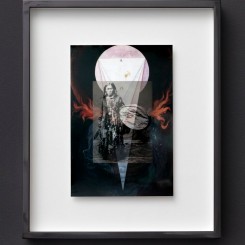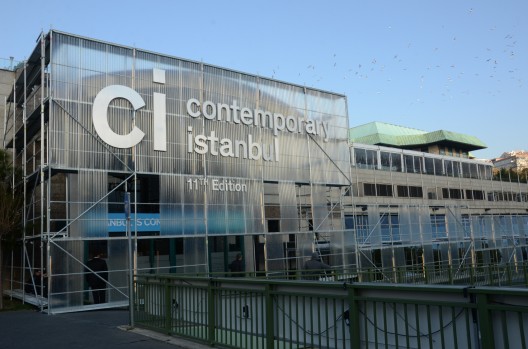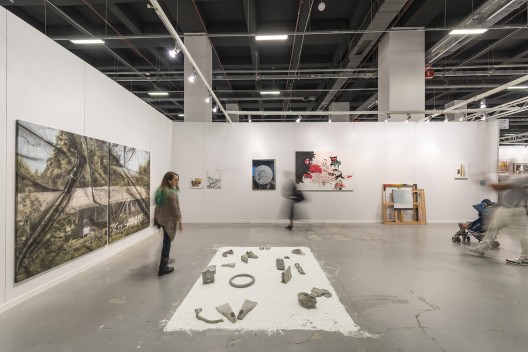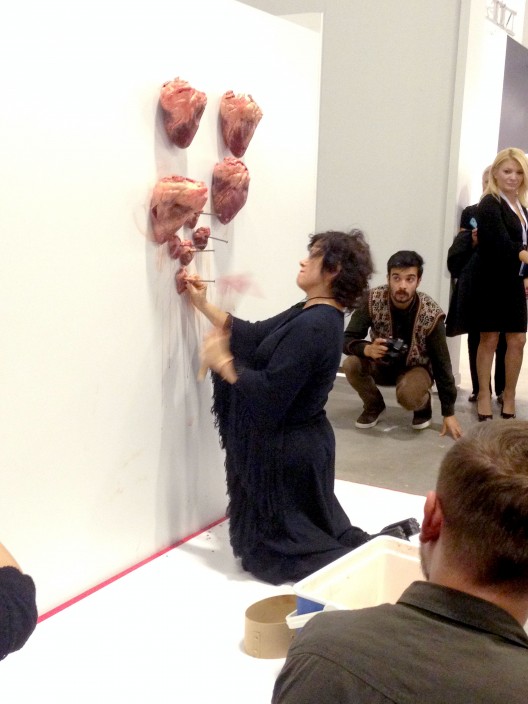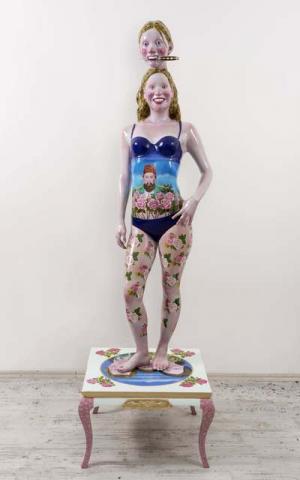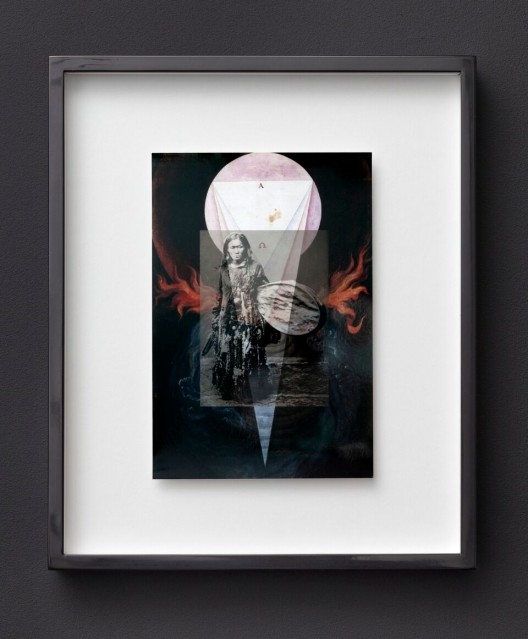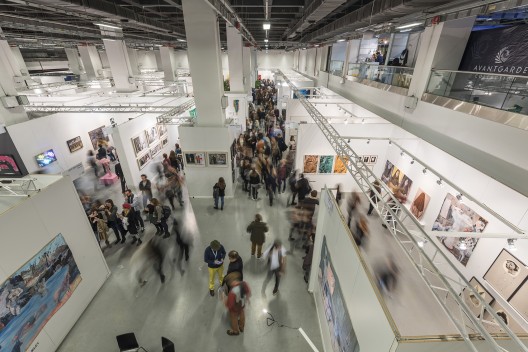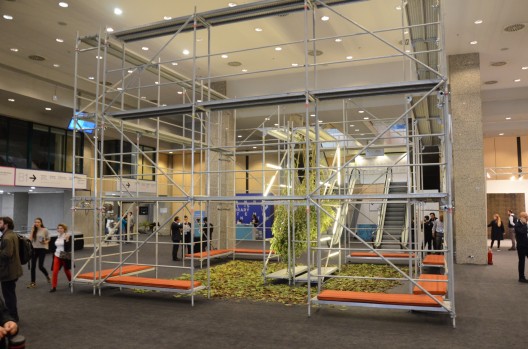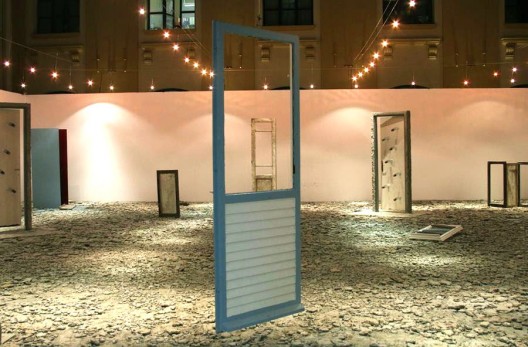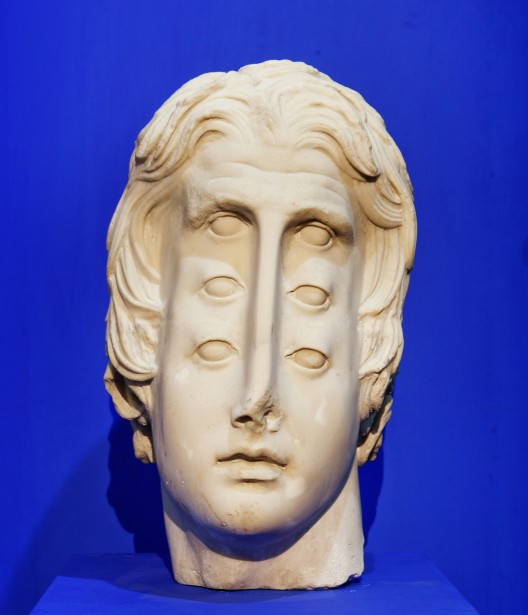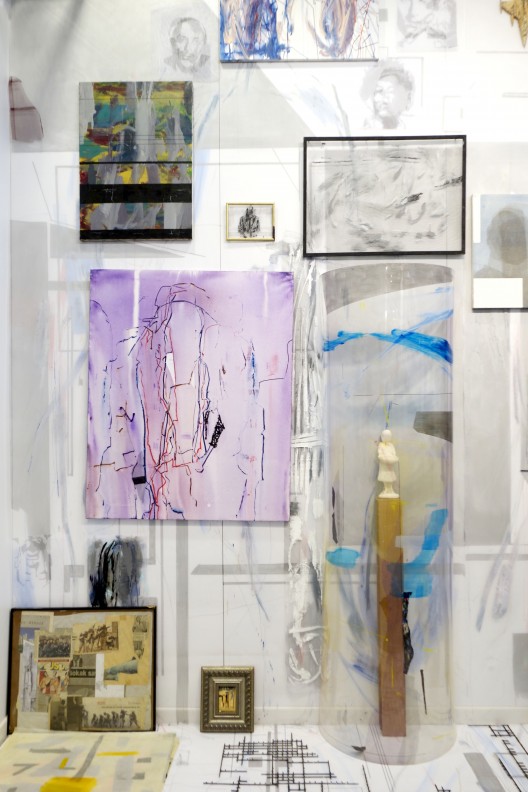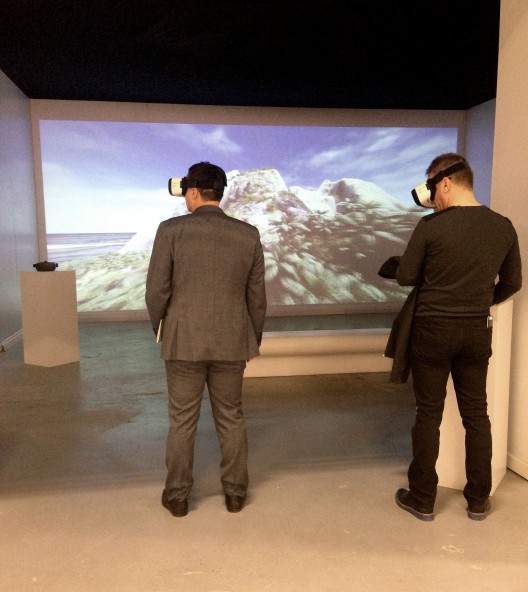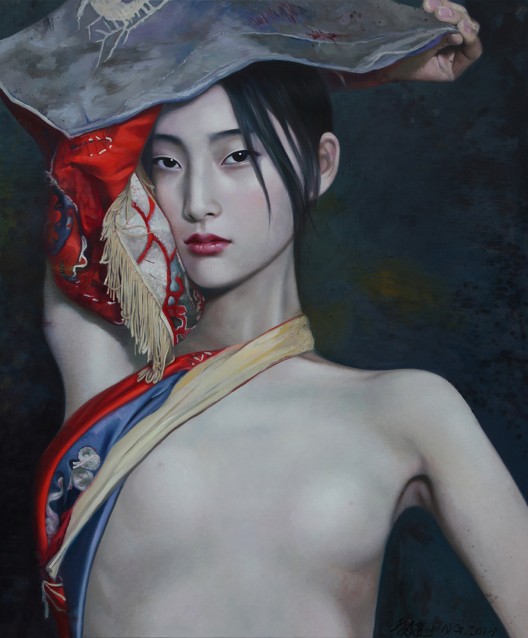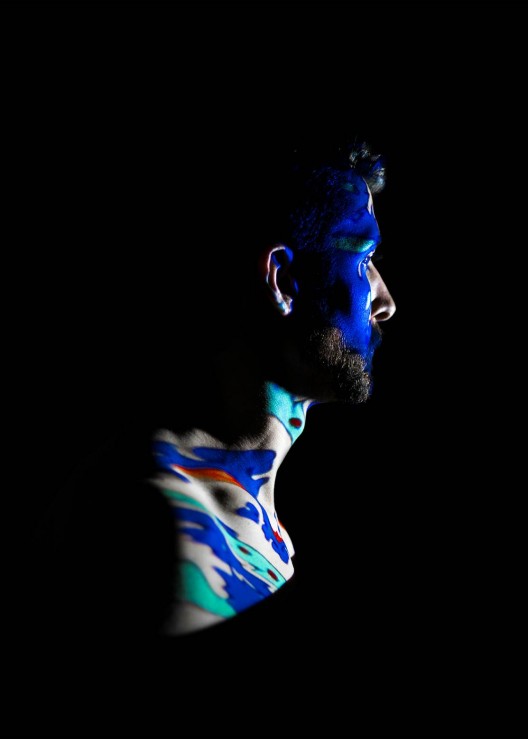Bankalar Cad. Nazlıhan İşhanı No: 26/2 Karaköy Beyoğlu, Istanbul, Turkey, Nov 3—6, 2016
At a gala reception in one of the city’s high-end hotels, Ali Güreli, founder and chairman of Contemporary Istanbul, announced the beginning of the 11th edition of the city’s annual art fair.
Because of the political turmoil in Turkey this year, other important art events such as the Çanakkale Biennial, Moving Image Fair, and Art International chose to cancel. After the coup attempt back in July, a large number of international gallerists also withdrew their participation in Contemporary Istanbul. Güreli stated that he did not see cancellation as an option; instead, he stressed the need for such events exactly now. It was not without a bit of black humor that he called on a medicinal metaphor: “It’s like taking a pill that makes you feel better. It’s a need, and in the coming years it will be even bigger. We would have carried on even if we had only 40 or 50 galleries.”
The Turkish fair-goers I met at Contemporary Istanbul seemed to agree with Ali Güreli on the importance of supporting the art fair. At a time when artists and journalists are being arrested and minority groups are being suppressed, it seemed that supporting the art fair has an almost symbolic meaning. This was perhaps also the reason why it attracted greater numbers this year than ever, with more than 90,000 visitors passing through.
It seems unfair to judge too harshly an art fair that has had to cope with so many obstacles and as many as 28 last-minute cancellations by international galleries. Having said this, there was too much overly decorative art at Contemporary Istanbul, especially paintings—the kind that are ready to hang over your couch, oblivious to everything but themselves.
Some of the most renowned international galleries present were Marlborough from New York and König from Berlin. But the booths that attracted most attention were those of younger galleries. Of these, one of the most interesting was “The Pill”, newly opened in Istanbul (one assumes the name bears no relation to Güreli’s comments on opening day), which attracted a lot of attention throughout the fair. Suela J. Cennet, a young woman from France, is the Founder and Executive Director of the gallery. Cennet relocated to Istanbul almost a year ago, and has already managed to establish “The Pill” as one of the main galleries setting a standard for the local art scene. Her ambitious program consists mainly of young Turkish and French artists. It was well deserved that “The Pill” won the prize for best booth this year.
Another interesting and well-curated booth came from the emerging Warsaw-based gallery Kasia Michalski, showing works by Polish artist Agnieszka Brzeżańska. I was told that the colorful weavings shown there were references to ancient myths. I’m sure we will be hearing more about both the gallery and this artist in the future.
The Berlin based gallery xavierlaboulbenne featured a work called “Lions” by the artist Adrian Hermanides from Zimbabwe. In 2013, in the aftermath of major protests against the President Erdoğan government on Taksim Square, Hermanides collected various stones and bricks, some of which had probably been thrown at the authorities. These were displayed on a grid-like metal construction. The physical elevation of the stone from the ground to the air shifted the status of the stones and, in a sensitive, visually interesting way, made a strong point.
Meanwhile, there was a performance by Turkish artist Şükran Moral called “HIT-AND-RUN MY HEART”. Not being part of the official program, the performance was announced by word-of-mouth shortly before it began. Moral, who was dressed in a black tattered dress, seemed fragile and powerful as she nailed nine animal hearts to a wall (!). At the end of the performance she threw a bloodstained text at the spectators, encouraging everybody to react to the current political situation in Turkey. While the performance felt a bit obsolete formally (imagine pairing an early Marina Abramović performance with a pinch of Hermann Nitsch and Vienna Actionism), it was impressive nonetheless, and well befitted the current status quo.
There was a moment during Contemporary Istanbul this year when the chilling reality outside came very close. 20 members of the conservative religious group Erbakan Foundation called for a sculpture by Ali Elmaci called “I Can’t Reciprocate Your Feelings Osman III” at Gallery Isabel Croxatto to be removed because it depicted Abdulhamid II, the last Ottoman sultan. Not wanting to cause problems at the fair, the artist chose to remove his work.
Navigating as an artist in the current political climate in Turkey is not easy; what is allowed and what not is at the moment a vast grey zone. Turkish artists who are politically motivated have to choose between self-censorship and, in the worst case, being frozen out of the cultural life. An example of this is the aforementioned artist Şükran Moral, who used to be represented in the most acknowledged art institutions in Turkey. Following a performance she made in 2011, however, she received many death-threats and was forced to leave her home country immediately. She went into exile in Italy for a year.
Today, Istanbul’s once vibrant and promising art scene—on everybody’s lips just a few years ago—seems far away. And while many young people and artists want to leave Turkey, hopefully there will also be many as courageous as Şükran Moral who choose to stay. Andy Warhol once said: “They always say time changes things, but you actually have to change them yourself.”

Etel Adnan, untitled, oil on canvas, 38 x 46 cm. Gallerie Lelong. Photo courtesy Contemporary Istanbul

